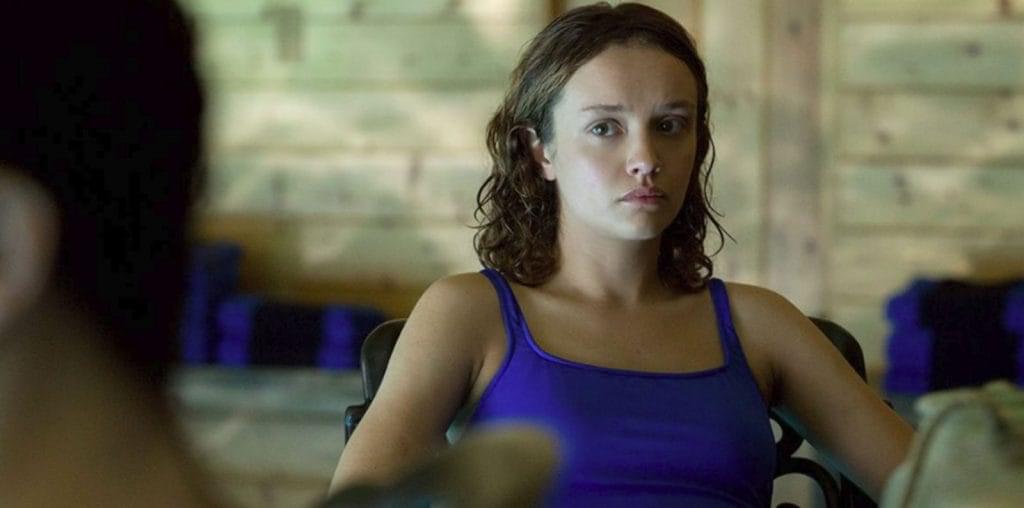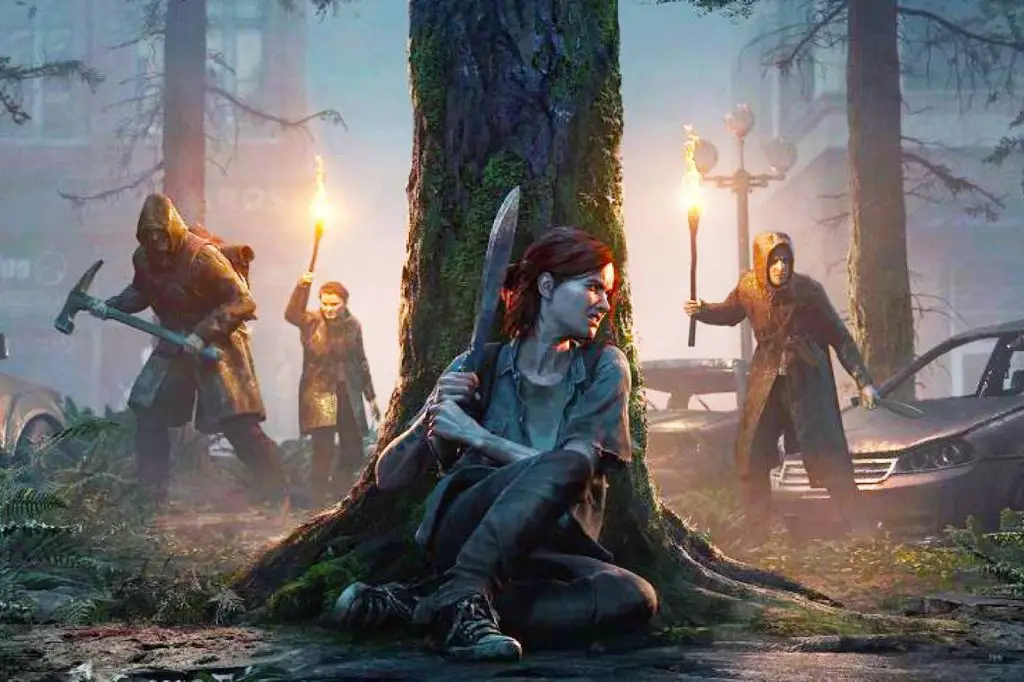
Marriage the François Ozon way requires a different creativity. A marriage moving forward in the time span of cinema has been done so many times before, through many satisfying filmmakers including Ingmar Bergman, Robert Benton, and others. Thus, backwards is the only way to go, backwards from divorce all the way to the first attraction, with all the foibles, problems, fights, and tense moments that comprise a marriage.
Going backwards in time has been done often, so the only obvious course here is to place that thought elsewhere and concentrate on why this marriage fell apart. At the law office where divorce papers await Marion Ferron (Valeria Bruni-Tedeschi) (soon to revert to her maiden name, Chabart) and Gilles Ferron (Stéphane Freiss), they listen to the lawyer reading aloud who gets what. In his patient style, Ozon trains his camera on each of their faces for a number of seconds. Marion listens without feeling. Gilles listens, but we’re not sure if he is really listening. As the birth of their son showed, he doesn’t react to much. At times, he acts without thought towards consequence. When the lawyer finishes and asks whether the terms are satisfactory, Gilles is jolted out of his hazy stupor by the question. A clue among many clues.
The microscopic examination continues. Fortunately, Ozon isn’t merely sated with showing tensions between the couple. It also comes elsewhere, embedded in both of them. We don’t see much of Gilles’ parents, possibly explaining his detachment in the marriage, but Marion’s parents are surely front and center by Françoise Fabian and Michael Lonsdale. Having only seen Lonsdale in “Moonraker” and “The Remains of the Day”, he looks like a reliable actor here, aging gracefully, the gray hair and beard symbolic of all those years on screen. Hugo Drax suddenly seems easier to bear. Marion’s parents quibble in their daughter’s hospital room after the birth of their grandson, even moreso than at her and Gilles’ wedding reception, in which their argument simply melts into tender dancing after the newly wedded couple have gone off to bed, though spotted by Marion when she sneaks out right at that moment.
There is not only that relationship at work, but also at a dinner party where Gilles’ gay brother and his lover have a freer relationship than our hosts. The brother’s lover doesn’t believe in monogamy, heartily supporting the freedom of one-night stands and not knowing too much in their relationship. Whether the brother believes this isn’t entirely important. Marion is taken aback by this view, trying desperately to fit in worn-out views such as relationships being there to build trusts. She speaks like a book rather than a human. Her ideals simply do not fit in the confines of her marriage to Gilles. She’s certainly tried, but the big bend is on its way. It’s these moments with them together that give us the most insight.
Ozon has a studied, contemplative style at work here. He wants to see his characters up close, yet doesn’t want to get too close, which works thanks to the skill of the involved actors. They know, but don’t want us to know too much. Try that in mainstream American cinema. Subtlety is Ozon’s best friend. By giving us less, we feel more.
It is also a credit to Ozon and Mathias Raaflaub on the DVD that such access is given to the production by way of a straight-forward look at the making of the wedding reception dance sequence. There are no interviews, nothing from the actors, just pure camerawork watching Ozon trying to organize the players in the order he wants them, how he wants the dance to be performed, and how he likes or dislikes it when looking through the lens. Plus, if you’ve ever been confused about what a stand-in does on a movie, watch the opening moments where two people stand in for the main actors in the dance, so Ozon can see how he wants to work this with little time wasted, allowing the actors to prepare and rest off-screen. This type of documentary is what the “Lemony Snicket” DVD reached this year and what other DVD featurettes should aspire toward.
Some deleted scenes are simply additions to what’s already in “5×2” (which stands for five stories of a couple’s marriage), including one which would have made the first meeting between Gilles and Marion too obvious. An audition with Stéphane Freiss and another actress uses a scene from Bergman’s “Scenes from a Marriage” (5×2’s main inspiration) as dialogue while lighting tests profile Bruni-Tedeschi and Freiss. And if you’ve never been excited by trailers before on a DVD, try the “trailer gallery” found here. “Kontroll” looks like a massive headrush, while “Second Best” features Joe Pantoliano as a middle-aged toad of a man. Now that’s good entertainment!
Marriage is always ripe for any art form and “5×2” proves that for the movies, it will never cease. There is always some mystery worth figuring out when it comes to two people joining together in matrimony. Ozon’s contribution to it is worth the time and effort to think about these two and why it all dissipated. Why, indeed.

